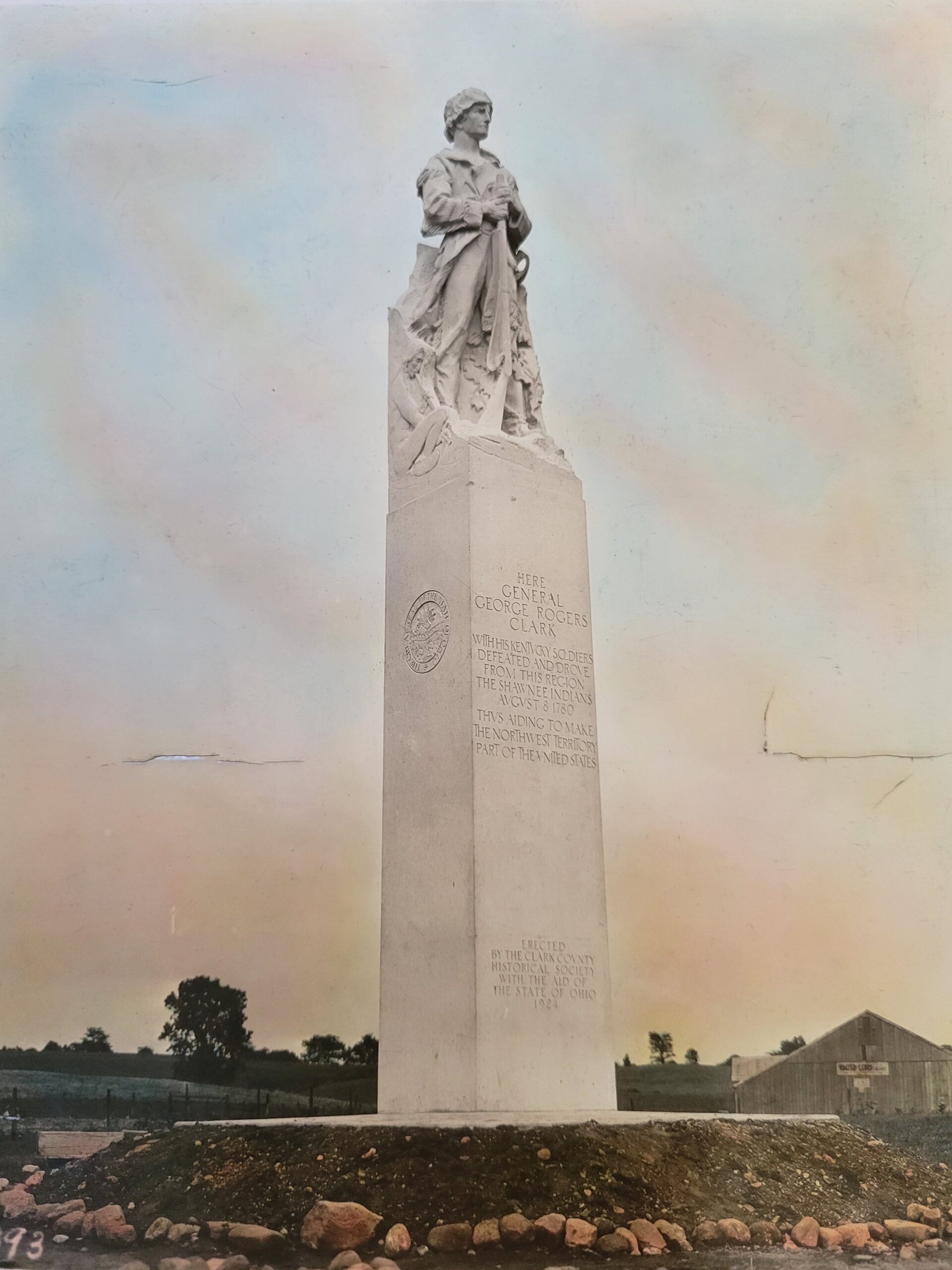George Rogers Clark was an American military officer and surveyor from Virginia who, before the age of 30, became the highest-ranking Patriot military officer on the northwestern frontier during the Revolutionary War.
George Rogers Clark was born on November 19, 1752 in Albemarle County, Virginia. He was the second of ten children born to John and Ann Rogers Clark. Clark’s Brother, William, would later become the leader of the famous Lewis and Clark Expedition.
Clark had little formal schooling and lived with his grandfather so that he could receive a common education. The school he went to was also attended by James Madison, who would go on to be President of the United States. During this time, his grandfather also trained him to be a surveyor.
In 1772, he began a trip into Kentucky by way of the Ohio River at Pittsburgh and spent the next two years surveying in West Virginia. He began his military career by serving as a captain for the Virginia militia. He also surveyed lands in Kentucky and convinced the general assembly to extend the boundaries of Virginia into that land. Kentucky settler Daniel Boone considered him a leader in the state.
His most significant military achievement, and the basis of his reputation as a Revolutionary War hero, was his leadership during the Illinois campaign. Clark led a secret expedition down the Ohio River to the Illinois region. Eventually, Clark was able to seize the land for the US after the British surrendered to him. This was a turning point in the war and was the push that America needed to gain France as an ally. General George Washington recognized him for his achievements.
In June 1780, a mixed British-Indian force set out from Fort Detroit and invaded Kentucky. They captured two fortified settlements and seized hundreds of prisoners. In August, Clark led a retaliatory force that defeated the Shawnee at the Village of Peckuwe (Piqua).
This battle is commemorated at George Rogers Clark Park near Springfield, Ohio. The following year Virginia Governor Thomas Jefferson promoted Clark to Brigadier General and gave him command of all the militia in the Kentucky and Illinois counties. Because of Clark’s victories, settlers began to flock into Kentucky and spread into and develop the land north of the Ohio River.
Later in years, Clark suffered from a stroke and moved in with his sister at their Kentucky estate known as Locust Grove. He died and was buried there on February 13, 1818. Clark’s remains were exhumed along with those of his other family members in 1869, and buried at Cave Hill Cemetery in Louisville.
Many tributes have been made to Clark, one of them includes the naming of Clark County Ohio in his honor and the George Rodgers Clark Park that commemorates him defeating the Shawnees at the site of the Battle of Piqua. In the park, stands a statue of him by Charles Keck, carved from Victoria White Granite by the George Dodds Granite Company. The full-size sculpting of Clark stands atop a Victoria White pedestal is among one of the greatest tributes to Clark. It is just one of many civic memorials created by the George Dodds Granite Company that still stand today as a testament to the craftsmanship that Dodds was known for then and still today.

